How to Keep Birds from Eating Grass Seed | 15 Things to Consider
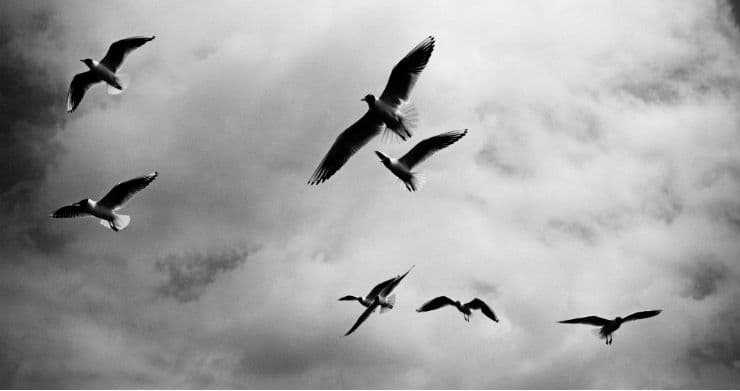
Many of us are avid bird watchers, who enjoy observing the feathery, flying creatures display the grace and beauty that only they possess. Many of us also enjoy a nice, lush lawn with thick green grass to adorn our yards and give our homes extra curb appeal. Growing grass can be a bit tricky as well as quite pricey.
A significant amount of time and money can go into researching, purchasing, and sowing the right type of grass seed for the yard. The last thing a gardener or homeowner wants to see is a yard full of birds pecking away at the ground, feasting on the seeds so painstakingly sown.
When this occurs, we may find ourselves asking, “How can I keep birds from eating grass seed:” Do not despair. Just as these feathery fowl have been snacking on seed since the dawn of time, people have been racking their brains to figure out ways to prevent it — and they have gotten pretty good at it.

There are a number of ways to discourage or ward off birds from turning grass seed into breakfast.
15 Things to Consider to Keep Birds Away from Eating Grass Seeds
- Bird Feeders with Bird Seed
- Extra Grass Seed
- Bird Tape
- Aluminum Foil
- Mylar Tape
- Old CDs
- Artificial Predators
- Scarecrow
- Noise
- Wind Mills or Spinners
- Bird Repellent Seed
- Straw
- Mulch
- Burlap Sheet
- Transparent Tarp
Most techniques for preventing birds from eating grass seed can fall into one of three categories: Discourage the Birds, Distress the Birds, or Disallow the Birds. In the next section we describe the top 15 ways to stop birds from eating grass seeds in detail!
Distract the Birds from Eating Grass Seed
Bird Feeders with Bird Seed
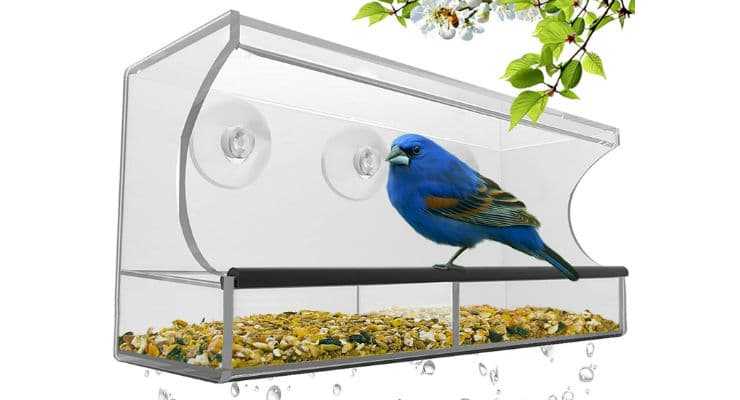
One way to to keep birds from snacking on grass seeds is to distract them with other snacks. Purchasing a pre-mixed bird feed and placing it in bird feeders or bird houses placed near the yard may help draw them away from the bird seed.
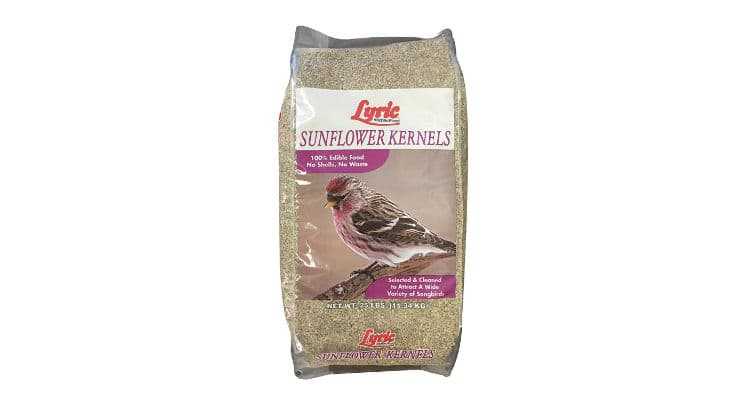
Typically, birds particularly love sunflower seeds, white proso millet, thistle, peanuts, mealworms, and dried fruit.
To go the extra mile and try to discourage birds in a humane way, do some bird watching first. Try pulling out the binoculars and observing what types of birds are hanging around the yard and see what types of bird food allure different kinds of wild birds.
Extra Grass Seed
Sometimes gardeners just try to stay one step ahead of their feathery friends by sowing extra grass seed. The thinking behind this technique is that if there is plenty, the gardener can afford to share some with the birds.
The trouble is, there are lots of birds. And the more seed that is sown, it is likely that even more birds will be attracted to the yard. And the more birds that are attracted to the yard, the more likely it is that there will not be much seed left when they are finished snacking.
See where we’re going with this?
While some homeowners and gardeners may have experienced some success with this technique in the past, it is not considered a sure fire way to keep birds from eating grass seed.
When buying grass seed, always consider pets around the house, as there are specific grass seeds for dogs that are generally pet friendly.
Distress the Birds
Bird Tape
Birds are quite easy to scare away, as any child who has ever chased one can attest. They have extremely quick reflexes and can spread their wings to speed away in the blink of an eye.
Flashing light, or the illusion of bright lights with reflecting tape, is one way to scare away birds.
Bird tape is made specifically for deterring birds from a certain area. It is made from iridescent materials that quickly flash, scaring the bird and causing it to avoid a location.
Bird tape can be purchased online or from a variety of big box retailers.
Aluminum Foil
Like bird tape, aluminum foil can also reflect light and scare away birds.
Try securing strategically placed strips to soft ground using small dowels.
Aluminum pie pans might also work well. Place them around the yard in which the grass is planted and weight them down with a rock or similar item to keep them from flying off.
Mylar Tape
Mylar tape, like bird tape, might be another good material to use that can scare away unwanted birds. Although many brands of bird tape use mylar, mylar tape may not be marketed as bird tape.
Similarly, mylar balloons can help deter birds away from grass seeds.
Either secure deflated balloons around the yard on the ground, or place helium-filled balloons around the yard. The reflecting mylar material coupled with the sporadic, jerky movements of the balloon may provide an extra scare tactic.
Old CDs
Like aluminum and mylar, old CDs can scare birds away, as well. Although 15 years ago, the thought of tossing our music collection out in the yard would make us want to cry, in this age of digital streaming, many of us have dozens of old CDs that we do not use anymore.
Consider securing some old CD around the newly sown grass seed with the face side down. Make sure that the shiny back side of the CD is facing up so that it can catch light and throw back flashes that will scare away fowl.
Artificial Predators
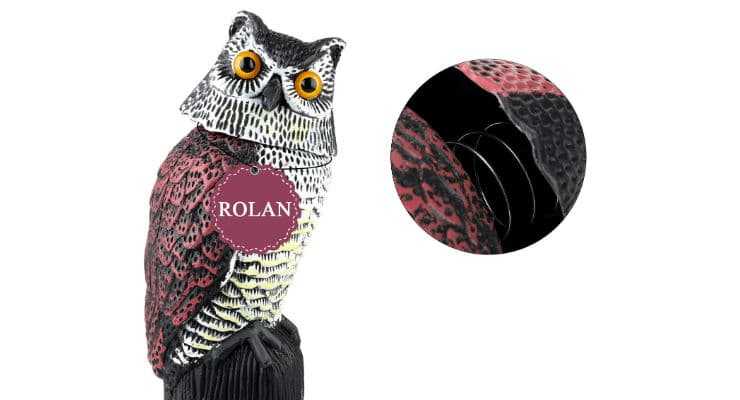
Another way to discourage birds from snacking on grass seed is to let them think you are friends with their enemies. The wise old owl is actually a feared creature in the winged kingdom.
Artificial owl statues and lifelike figurines can cause birds to turn around and fly the other way. Similarly, rubber snakes can also scare away small, wild birds.
Scarecrow
The ages-old scarecrow was literally invented to keep birds out of the garden. The idea behind the scarecrow’s conception was that if a fake person was in the garden at all times, birds would be afraid to enter.
Of course, most of us have also seen birds perched on top of a scarecrow, seemingly unaware that they were supposed to be scared. Still, it may be worth a try. And if it does not work, they can turn out pretty cute.
To learn how to make a DIY Scarecrow, take a look at this handy guide!
Noise
If visual deterrents are not enough to keep away the birds, auditory deterrents may work better. Even though birds may not look like they have great ears, but they do.
In fact, birds use their entire heads to receive and interpret sound, and can even pinpoint from which direction the sound is coming. They can distinguish between hundreds of calls among their own species with their special listening abilities.
Since birds are a bit skittish and definitely do not loud, foreign sounds, noise makers may be a great way to keep away feathered visitors. While ultrasonic pest repellents are a common method for keeping away rodents, there is no evidence that they work on birds.
It may not be a good idea to fork out lots of cash for ultrasonic pest repellents in hopes that it will work the same on fowl.
There are some outdoor sound devices that are specifically designed to work on birds. These devices can be purchased online or from several big box retail chains.
Wind Mills or Spinners
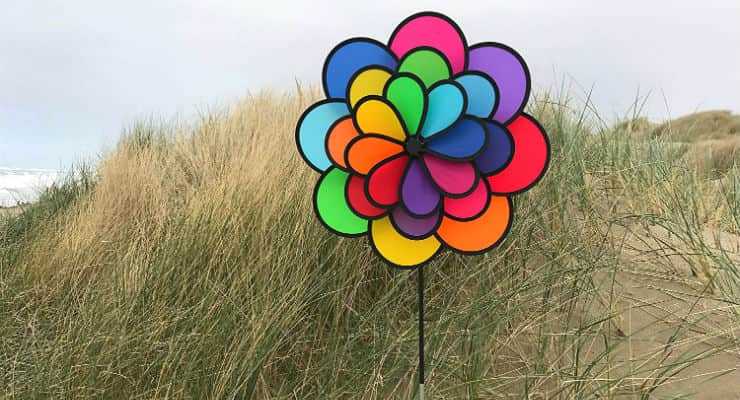
This dollar store hack may be quite effective as well as festive and cheap. Small, brightly colored plastic windmills can usually be purchased for around one dollar and they are easy to anchor into the ground.
The spinning motion, as well as the bright colors and reflective materials, may help keep birds away from freshly sown grass seed.
Bird Repellent Seed
Some bird feed is manufactured and sold specifically to discourage their taste buds from wanting to try more. Bird repellent seed is bird feed coated in a substance that tastes bad to birds.
Be sure to find a bird repellent seed that does not use harmful chemicals and toxins, producing an unpleasant taste as opposed to a dangerous one.
Block Birds | Cheap Ways to Keep Birds Away from Eating Grass Seed
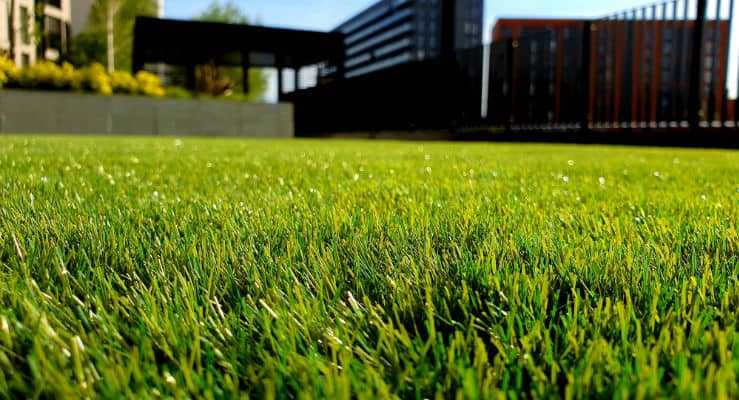
If distracting the birds with other snacks or trying to keep them away from the lawn with visual deterrents do not work, it may be best to install a preventative measure that physically stops the birds from getting to the grass seed.
When employing a physical barrier, be sure that it will not be so thick that it prevents sunlight from getting to the grass seed. Remember, the goal here is to grow a lush lawn. Laying down covers that are too dense will only be counterproductive.
Straw
Adding a thin layer of straw on top of the grass seed is one way to simply prevent birds from getting to it. This is one of the most commonly known and commonly used methods, as well. Be sure that the straw covering is thin enough to allow plenty of sunlight and water to reach the seeds in the weeks before germination.
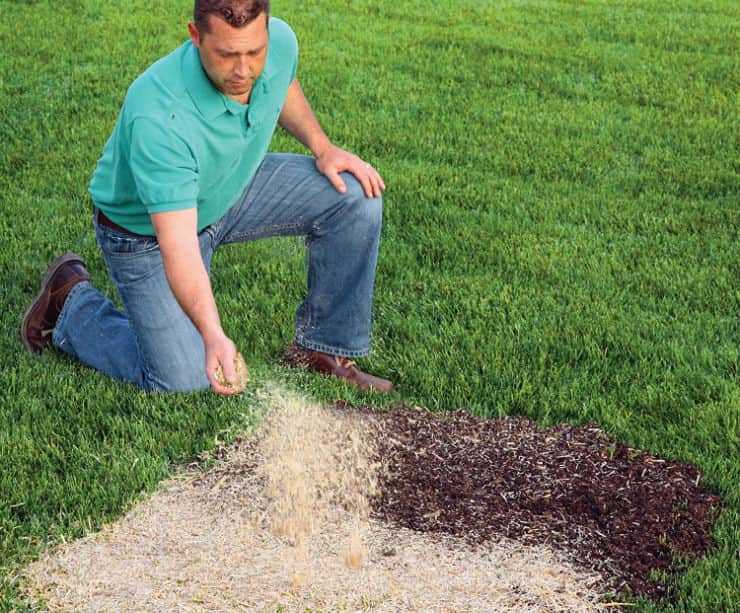
Straw may have a two-fold benefit. In addition to keeping away birds, it can also help retain the moisture that the seeds need to thrive.
Some straw can provide a good protective layer for the grass seed as well as insulate it.
Mulch
Like straw, mulch can also serve as a good, all-natural cover for grass seed while it deters birds from snacking underneath.
Add a thin layer of mulch, just about ¾” thick so that the seeds can germinate and grow underneath.
Also be sure to sprinkle the mulch carefully, without allowing it to be piled on densely.
The mulch should be heavy enough to disguise and protect the grass seeds, while being light enough to allow sunlight and moisture in without choking the seedlings.
To get an idea how much mulch is needed, use our soil and mulch calculator.
Burlap Sheet
Burlap may be a good option for protecting grass seed, as well. Burlap, in addition to keeping away birds, can also help prevent soil and seed erosion.
Traditionally made from jute or hemp, burlap can be a good, all-natural, grass-growing booster. It has been used to grow grass for centuries. Just be sure to use a true burlap material and not the cheaper material that is manufactured with chemicals just to look like burlap.
Make sure that the burlap material is breathable and can allow adequate moisture and sunlight to permeate through to the grass seeds.
For protection against weed, a similar ground cover can be used as a weed barrier.
Transparent Tarp
A clear plastic covering, or transparent tarp, is another option for protecting grass seed from birds. The texture, movement, and appearance of plastic - even when it is transparent - is quite scary to birds and they typically try to avoid it.
Conversely, transparent tarp can help retain moisture and allow adequate sunlight. Be sure that the tarp is not too thick. If it is too heavy, it can choke out the seedlings. The right balance of moisture and sunlight is key.
Conclusion
Depending on the type of grass, seeds can take anywhere from ten to thirty days to germinate. During this time, it is critical that the seeds be protected from predators like hungry birds while also allowing them to remain in an environment where they can thrive.
Some people prefer to simply distract fowl from their grass seed by providing other feed nearby.
Another way is to play into the birds fearful nature by placing bright or iridescent objects around the lawn to scare them away.
Finally, protective covers can be installed that literally prevent birds from feasting on the seeds while also allowing the seeds to flourish underneath.
It is possible to both enjoy birds and grow a nice lawn. Flying creatures do not have to become enemy number one in our efforts to sow grass seeds. Remember, keeping birds away can be a humane process. It is possible to keep flying fowl away for a few weeks without harming or killing them.
Patience and information are key. First, be patient with the process. Grass does not grow overnight. Second, access the right information to make an informed decision about the best method to employ. Research the different products and techniques available to find the right balance.
Also keep an eye on the grass seed expiry date, as grass seeds gan eventually go bad.
